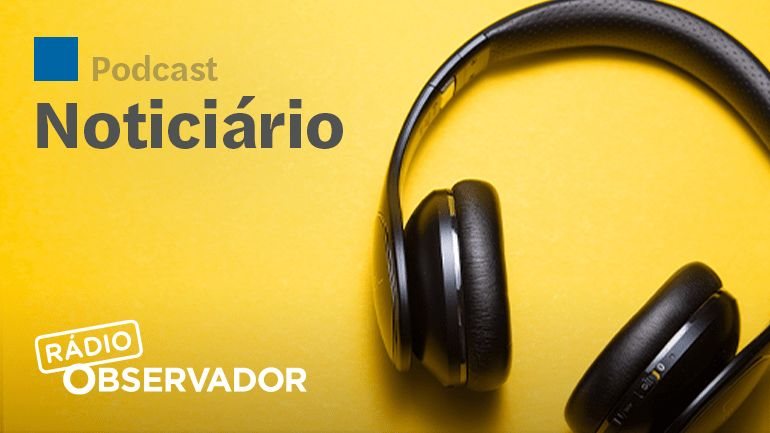Vinte milhões de seguidores, mil milhões de corações. É isto que valem as imagens que a National Geographic publica no Instagram desde que criou a sua página, em março de 2012.
São sete mil fotografias capturadas por cem fotojornalistas que gerem o Instagram da revista científica, de acordo com o El País. Estas são as mais populares:
Os critérios são livres: podemos dar por nós a olhar diretamente para um tigre ou dentro dos bastidores das produções National Geographic. Só há uma regra: não podem ser publicadas novas fotografias no espaço de uma hora.
O sucesso da estratégia de redes sociais implementada pela National Geographic mereceu uma celebração: a revista decidiu juntar num álbum só as publicações mais populares na conta de Instagram. De vídeos a fotografias, passando por animais selvagens e jornalistas aventureiros, as imagens que ilustram este artigo foram aquelas que mais corações roubaram aos utilizadores.
O Instagram transformou-se numa ferramenta eficiente para o sucesso da National Geographic. O número de revistas vendidas não se alterou significativamente, mas a Ciência começou a interessar mais aos jovens. Além disso, permite mostrar ao mundo as fotografias que não chegam às páginas da revista, mas que também elas contam histórias. De resto, há um arquivo de 125 anos que voltou a ser explorado… e publicado.














